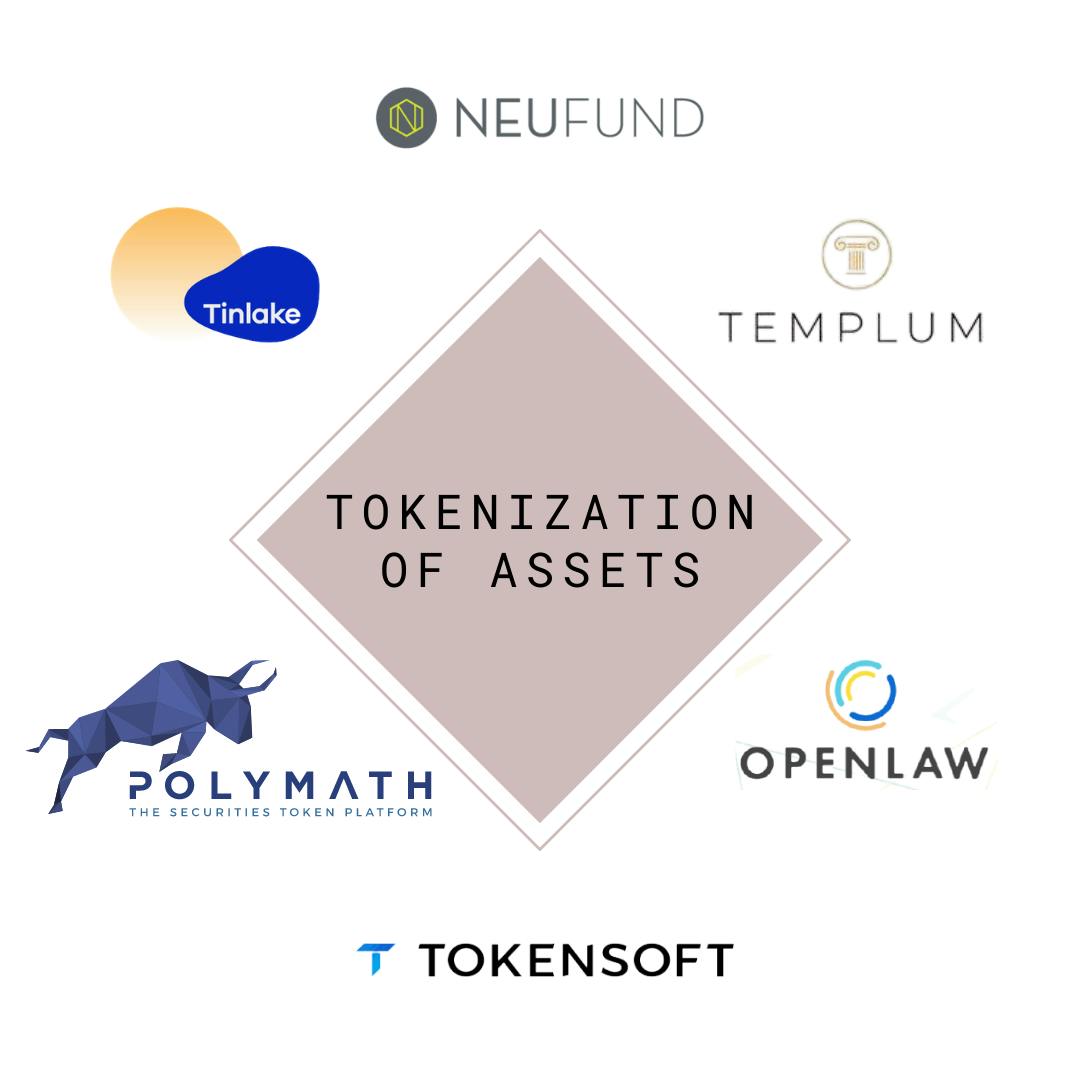
- All
- Tools
- Analytics
- Technical Analysis
- Trading
- Blockchain
- DeFi
- Guides
- Company News
- Educational
- Opinion
- Price Predictions
- Market News
- News
- Trading cases
- Practical guides
- Exchanges
- Trading signals
- Cryptocurrency
- Crypto bots
- Other
Become a crypto master
Learn everything about crypto,
trading and bots

Voyage of the DeFi universe: prediction markets
Start Trading on 3Commas Today
Get full access to all 3Commas trading tools with free trial period

If you look at the DeFi ecosystem through a wider lens, you can see that decentralized finance projects are working and developing in roughly twelve directions. Attempting to shift to a decentralized form of almost everything related to the traditional financial system also means trying to move as quickly as possible to new types of interactions with financial instruments and decentralization of these interactions.
In today’s article, we will address the area of finance known as “prediction markets”. We will describe projects that develop platforms to not only speculate on the outcome of real events but also hedge risks and collect valuable information about events that may occur in the future.
Market prediction
One of the first well-known prediction markets is a project presented by the University of Iowa – Iowa Electronic Market. IEM is a non-profit organization with research and educational goals that allows traders to execute contracts based on political election results and economic performance.
The formation of prediction markets and the experiments that have been conducted since their inception demonstrate the ability to turn individual assumptions into forecasts. Prediction markets allow people to collect objective information without preconceptions that interfere with traditional forecasting methods, such as surveys or expert analysis.
The opportunities for such markets are much wider than one might think. Any market is primarily a mechanism for collecting huge amounts of information stored by individuals. The data collected from such markets can serve as a basis for decision-making. Such data is used, for example, on the Hollywood Stock Exchange, which is a cinema-related forecasting market. Thus, in 1996, 7 out of 8 Oscar winners were predicted correctly.
Market forecasting mechanism
Market forecasting mechanism
Virtual markets are used to predict changes in various areas of society, gambling, sports events, trade forecasting, risk management, or insurance.
The emergence of blockchain technology has solved one vital problem of each prediction market, namely, data transparency. After all, the forecast markets were centralized parties, and the user could not be certain that the results would not be manipulated.
Confidence
Oracles that we have already discussed in one of our previous articles are an important part of the decentralized forecasting markets. They provide external data collected outside of the blockchain. When the virtual market is used, a contract is created, and right before its closure, the network must receive information about the outcome of the corresponding event. The oracle is the agent that finds, confirms and transmits data about the event.
Of course, depending on the type of oracle, the degree of confidence in the provided data is also regulated. The most reliable way is to use consensual oracles – a group of oracles accessing information from their own source, independent of others. The group of agents must then reach a consensus, which could be achieved depending on the platform’s conditions or those specified in the contract.
Prediction markets collect information in two ways. The first principle, called “wisdom of the crowd”, states that a group of people with a sufficiently wide range of opinions can collectively be smarter than any single person. But this approach will be correct if there are plenty of different opinions. If this is not the case, independent judgments can be distorted.
The second way to collect information suggests that there will always be those who think that the crowd is wrong. Such traders will identify undervalued contracts to buy and overvalued contracts to sell, which will push prices to equilibrium.
Properly designed prediction markets are a valuable source of collective knowledge and accurate forecasts. Forecast markets receive the most valuable information when participants make their own decisions based on various data sources.
Although there is still a huge amount of research into the psychology of social behavior and decision making based on this behavior, forecasting markets are becoming increasingly popular. Especially with the advent of blockchain technology, allowing decisions to be made based on fully transparent external data.
PlotX
PlotX is a decentralized non-custodial prediction protocol that uses an automated market maker model (AMM) instead of an order book. This approach allows the creation of liquidity pools to support the market and distribute awards.
PlotX protocol uses Chainlink and Provable oracles to obtain quotes. The project also works with Matic to create a second layer solution and scale further. Currently, PlotX is running in the Ethereum Kovan test network, and developers are preparing to fully launch the project in the main network.
Augur and Gnosis
Augur is a project engaged in the development of a decentralized predictions market on the Ethereum blockchain. REP is a native token used as a means of payment on the platform and as an investment tool.
It is worth noting that there are three types of events available on the platform:
1) Binary – have two outcome options (Yes/No);
2) Categorical – have many outcome options;
3) Scalar events – have a number of results (range of values).
On the Augur platform, you can create your own prediction and forecast markets with further financing, as well as earn REP tokens for taking part in system maintenance
An interesting fact is that in December 2019, Augur users predicted the impeachment of President Donald Trump by a 75% majority vote.
Gnosis is an alternative decentralized platform for organizing prediction markets on the Ethereum network. The platform is dominated by prediction markets in insurance and financial markets.
At present, the Gnosis project is represented by three prediction markets platforms:
1) Apollo – a platform for the prediction market with the possibility of creating own assets;
2) DutchX – a decentralized exchange for auctions and asset trading;
3) Gnosis Safe – a crypto wallet and browser for interaction with Ethereum applications.
Both of these projects differ only in terms of provided opportunities for users, having a common vision and direction.
Helena Network
Helena is a decentralized Web 3.0 platform that uses the prediction markets to present the blockchain’s quantitative data in real-time, created as an xDai sidechain on the Ethereum network. Helena was built together with Maker DAO, where the wrapped Dai token is an internal means of payment, and an autonomous DAO organization manages the platform itself.
The platform users have access to 10 prediction markets. Here you can find forecasts for such events as ETH hashrate, total Lightning network capacity or total DAI in circulation.
The decision to create a separate sidechain was taken due to the limited scalability of the Ethereum network. The xDai sidechain provides limited interaction with the core Ethereum network, resulting in faster transactions and lower gas costs.
Conclusion
In the ever-evolving landscape of prediction markets, 2023 brings forth a host of emerging platforms. Among them, Bodhi stands out, focusing on creating prediction markets tailored for the Chinese market. Meanwhile, Guesser is making waves with its specialization in political forecasts and event predictions.
Despite the enthusiasm surrounding the potential of decentralized virtual markets, it's crucial to note that historical attempts have faced challenges. In the summer of 2019, Veil, an events prediction platform, shuttered its doors due to limited user adoption, insufficient decentralization, and a lack of user-friendly features.
The decentralized approach to gathering information about future events using blockchain technology, while transparent and secure, often runs afoul of regulatory standards in many countries that govern gambling. These innovative solutions emerge in response to the censorial grip of states heavily invested in conventional market structures, such as bookmakers' offices and prediction markets.
With the DeFi (Decentralized Finance) movement gaining ground in 2023, decentralized prediction markets are primed to usher in a new wave of users and a plethora of applications, offering global accessibility and endless possibilities.
Disclaimer: The contents of this article are not intended to be financial advice and should not be treated as such. 3commas and its authors do not take any responsibility for your profits or losses after you read this article. The article has been presented to provide readers with general information. There is only personal experience described herein. The user must do their own independent research to make informed decisions regarding their crypto investments.

A proven leader, successful at establishing operational excellence and building high-performance teams with a sharp focus on value creation and customer success.





